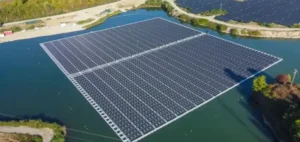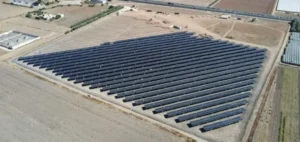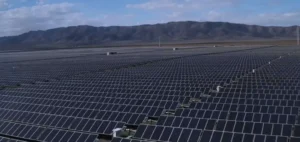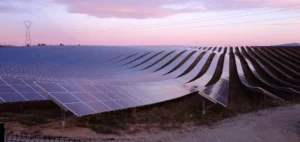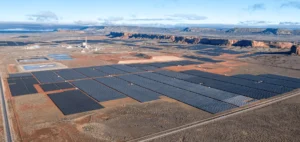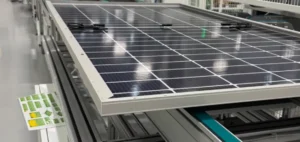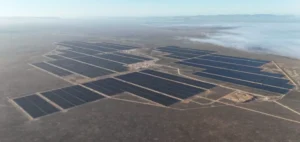Symphonics, a company specialising in energy aggregation, now remotely controls operating photovoltaic plants in France. This positioning allows it to respond to a request from Réseau de Transport d’Électricité (RTE), which seeks to enhance grid flexibility by requesting temporary and remunerated shutdowns of solar production.
The decree of September 8, 2025 has opened access for photovoltaic producers to the adjustment market, previously reserved for more flexible technologies. Thanks to this regulatory text, operating solar plants can now halt their production at the request of the grid operator, while receiving dual compensation: payment for the service provided and compensation for the energy not produced during the stoppage.
The French solar sector under economic pressure
The development of solar photovoltaics in France is experiencing a marked slowdown. A combination of factors — rising construction costs, grid connection complexity, saturation of existing capacities, and renegotiation of feed-in tariffs — is weakening the profitability of both operating installations and new projects.
In response to these pressures, the adjustment mechanism offers an opportunity to diversify revenue for operators. This lever allows producers to generate additional income without investing in new equipment, solely through dynamic management of intermittency.
An operational solution for existing plants
The scheme proposed by Symphonics targets all operating plants, including those under feed-in tariff contracts from the S21 scheme. The company acts as a certified adjustment operator and remotely controls installations in direct response to RTE’s requirements. This activity enables optimisation of operations without compromising revenues guaranteed by initial contracts.
This model relies on rapid, remote activation of plant flexibility. It turns what was previously considered a structural limitation of solar power — its intermittency — into an economic asset. By participating in the grid balancing system, producers become active contributors to grid stability while improving their business model.
A valuation dynamic driven by flexibility
Controlling plants helps stabilise grid frequency without major installation work or technical modifications to existing infrastructure. Symphonics centralises market signals, triggers the necessary interruptions, and ensures performance data reporting to the relevant authorities.
This approach aligns with a broader trend of integrating renewable energies into balancing markets. It confirms the growing role of flexibility in shaping the future revenue structures of electricity producers.
“Thanks to our adjustment and aggregation solutions, solar plants gain access to new sources of revenue while contributing to grid stability,” said Mathieu Rochard, founder and Chief Executive Officer of Symphonics.



